Solar Cell Technology: Monocrystalline vs Polycrystalline vs Thin-Film
Solar Cell Technology: Monocrystalline vs Polycrystalline vs Thin-Film
Solar cells based on solar cell technology can be classified as:
- Mono crystalline solar cell
- Poly crystalline solar cell
- Thin film solar cell
Mono crystalline solar cell
Mono Crystalline solar cells are produced by wafers of highly pure single Si crystal. Metallurgical grade silicon is purified to form semiconductor grade silicon. These solar cells have highest efficiency of around 20%. Due to the high efficiency, mono crystalline cell require less space to generate more power. The cost of Mono crystalline cells is very high compared to other technologies.
Mono crystalline cells are highly vulnerable to temperature effects. This technology is well developed and gives a stable power output. Mono crystalline cells have less power degradation over time when compared to other solar cell technology.
Poly crystalline solar cells
Poly crystalline solar cells are produced from various small crystals pieced together. These solar cells have an efficiency of around 16%. The cost of poly crystalline cells is apparently less than mono crystalline solar cells. The technology is well developed and is being mostly used in the solar pv market today.
Poly crystalline cells are easily available in the market. They require less space to generate more power. Poly crystalline cells experiences high impact of temperature variations. Poly crystalline cells have high power stability.
Thin film solar cells
Thin film solar cells use have increased in India drastically in last two three years. In thin film solar cell technology, very thin layers of semiconductor material are deposited on to either coated glass or stainless steel or a polymer. Thin film cell is the cheapest cell technology when compared to mono and poly crystalline cell technologies.
These cells however have less efficiency of around 12%. This type of solar cell requires more area to produce same power as by mono / poly crystalline solar cells. Thin film solar cells face lesser impact of temperature variation. Thin film solar cell has little higher degradation of power, when compared to other solar cell technology. There is no requirement of cooling, since they have less effect of temperature variations.
| Technology | Cost | Efficiency |
| Mono crystalline | High | High |
| Poly crystalline | Medium | Medium |
| Thin Film | Low | Low |
Suggested Articles

Eco-Friendly Solar Panels: The Future of Sustainable Power
Eco-friendly solar panels are revolutionizing the way we generate clean energy. This blog explores their benefits, sustainable materials, and role in reducing carbon footprint while providing efficient energy solutions for residential, industrial, and commercial use. Learn why investing in eco-friendly solar technology is the future of sustainable power.

Rajasthan Rooftop Solar Subsidy: What Homeowners Need to Know
Rajasthan homeowners can save big with the 2025 rooftop solar subsidy. Learn about the updated rates, eligibility criteria, and benefits to make your switch to solar more affordable.
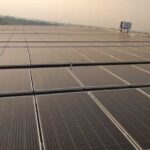
UP Electricity Tariff Increase 2015-16: Rates Rise by Rs 0.40–1.00 per Unit – What Consumers need to know
Uttar Pradesh has increased electricity tariffs for 2015-16, ranging from Rs 0.40 to 1.00 per unit. This update explains the revised rates, the sectors affected, and what consumers need to know about the tariff hike.
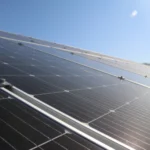
Everything You Need to Know About Solar PV Modules
Solar PV modules explained: how they generate electricity, their benefits, and why they’re key to renewable energy growth.
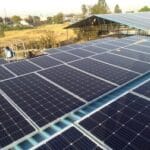
Poor vs Good Solar Installation: Key Differences Explained
A solar system’s performance depends heavily on installation quality. This blog explains the clear differences between a poor and good solar installation — from wiring practices and panel alignment to mounting structures and system safety — helping you make an informed choice and ensure long-term efficiency.

Solar Energy Myths vs. Facts: What You Should Know
Solar power myths often mislead homeowners. Learn the facts about cost, efficiency, and reliability of solar energy.
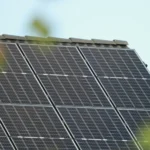
How the RESCO Model Works in Solar: A Complete Guide for Industries
The RESCO model allows businesses to adopt solar with zero upfront investment. Under this model, a developer installs, owns, and operates the solar plant while you simply pay for the power you consume—making clean energy both affordable and hassle-free.
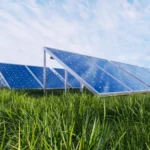
Solar Industry Faces Growing Losses from Underperforming Equipment
According to the Raptor Maps’ Global Solar Report, the amount of power loss due to equipment anomalies has nearly doubled from 1.61% in 2019 to 3.13% in 2022. This trend is expected to continue, with anomaly-driven power loss potentially growing to almost 6% by 2025.

SmartRoof Solar Associate Program – Easy Way to Earn with Solar Referrals
Join the SmartRoof Solar Associate Program. Refer solar leads, earn rewards, and support clean energy growth in your community.

Developers fear unfair state-specific levies will make solar more expensive
Developers in India are concerned that state-specific levies on solar projects could increase costs, slow adoption, and impact the growth of renewable energy across residential, commercial, and industrial sectors.